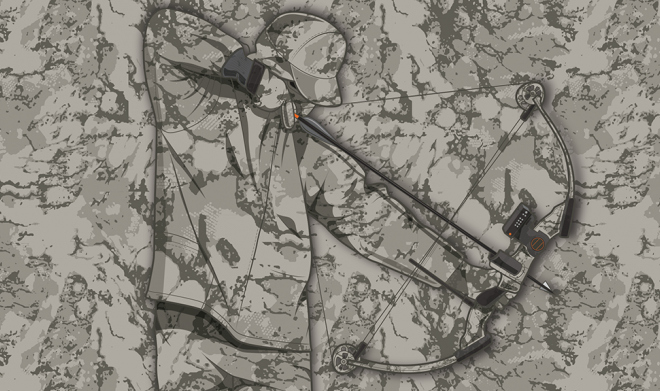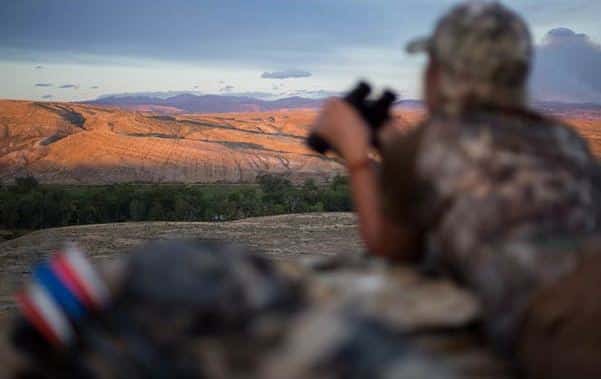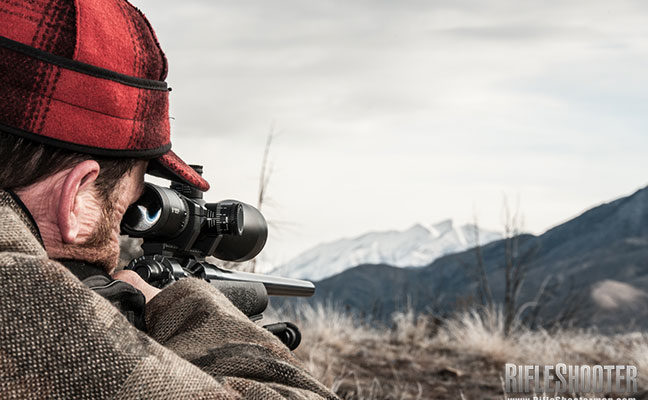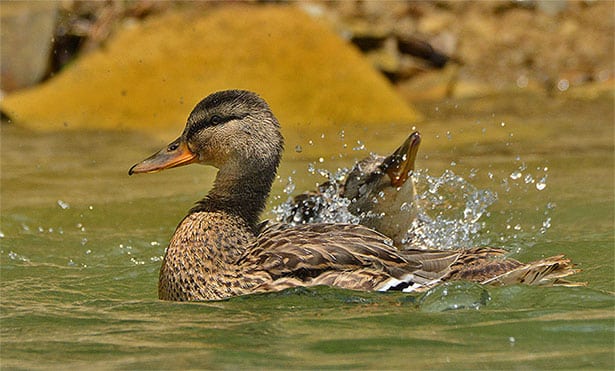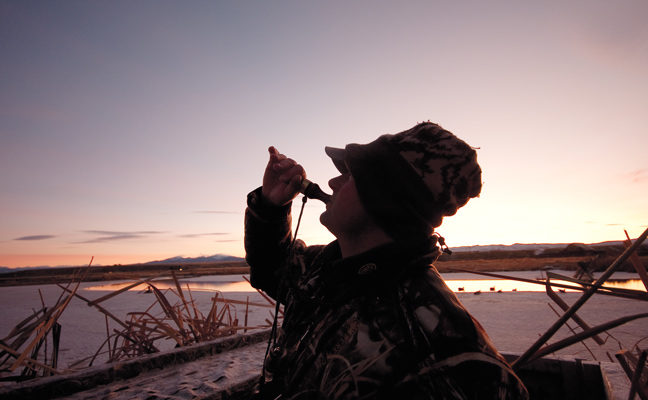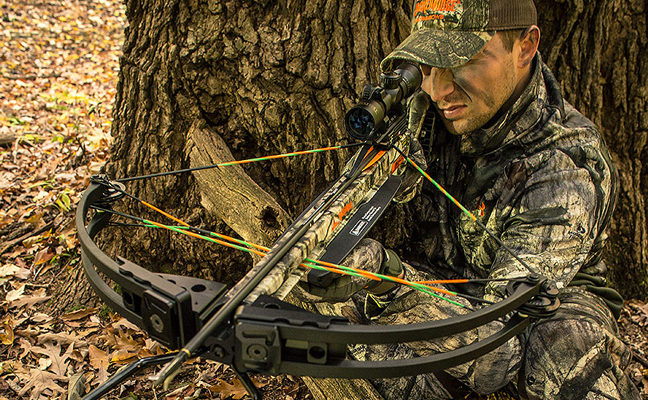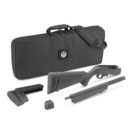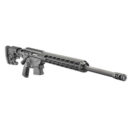How Small Properties Can Equal Big Bucks
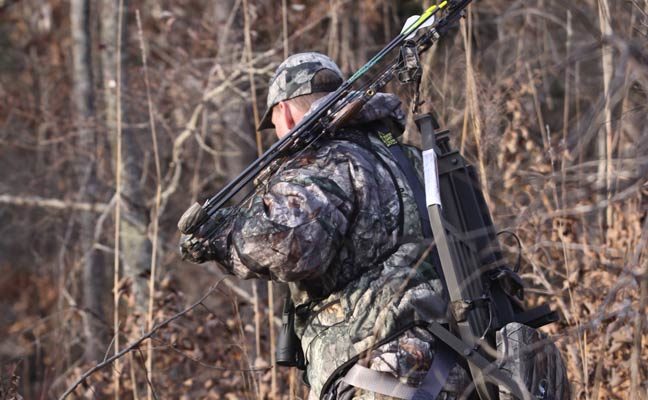
by | August 16th, 2016
Were you born in a farming family? Did you win a recent Powerball lottery? Is Ted Turner your uncle … how about Donald Trump? If the answer is “no” to the previous questions you may be in the same boat as many hunters.
You’re stuck hunting a small property.
What’s the definition of a small property? It varies depending on the region of the country you call home. Midwest hunters may define small as 20 acres. In the Great Plains small could be 200 acres with a total of five trees to target.
A friend of mine in Kansas hunts a property that tallies an incredible 9 ½ acres. That’s small! Still, he’s tagged 160-point bucks from it with regularity and even claimed a 180-point monster. If you want results like that consider some of these practices to maximize your studio-apartment hunting property.
No Trespassing
Look at your small property with a big-property mindset. First, take a ScoutLook Weather overview of the property and begin surveying it for refuge, food and water. These three things can keep a buck happy during the offseason and attract him back as his range expands during the rut. Even on a small property these elements have a big impact.
Refuge may exist on your property in the form of extensive brush, forested ridges or overgrown coulees. Wildlife consultants toss the figure of 50 percent of your property should be off limits and in refuge, but you still need to be able to hunt effectively. Set aside as much as possible and don’t enter except for occasional visits in the offseason for property chores.
To create more refuge/sanctuary consider chainsaw and tractor tactics. Dropping dead timber, harvest selective live trees and gathering downed trees to push into piles boosts escape cover for all wildlife.
Deer seek out brushy deadfalls for bedding and refuge, plus opening up the canopy allows more light to reach the ground thus stimulating growth for briars and new saplings that create additional browse opportunities. Consult with a forester before undertaking this chore and catalog all mast species for future ambush opportunities.
Speaking of food, your small property may not allow a major food plot, but inventory any openings, glades or old roads where you can till, plant and fertilize crops such as clovers, turnips and other nutritious browse species. You likely won’t be able to supply year-round food, but you can focus travel with strategically planted mini crops.
Lastly, consider augmenting or adding water to your property. Early-season whitetails seek out convenient water sources next to food or cover. Rutting whitetails need a recharge any hour of the day. Digging out existing waterholes and layering them with fabric or bentonite may guarantee a year-round source.
You can also add water tanks to the property. Manage all your property locations with the help of ScoutLook Weather. It’s weather, satellite images and property management all wrapped into one handy program.
Keep Them Guessing
Your hunting goal is to pattern a buck, but on a small property they have the upper hand in patterning you. Keep them guessing. First, review the predominant wind direction and attempt to map two or more ways into prime hunting locations.
Do that for every corner and edge of your property with wind in mind. Hunting corners of a property and sticking close to prime edges allows you to leave interior refuge locations in a no-trespassing status.
Pick routes that allow you to remain invisible. Utilize ditches, hills, coulees and riparian zones to duck into and minimize your human form. A favorite tactic of mine is walking along creeks or rivers with my form below the bank.
Walking in the shallow water helps you de-scent and the sound of moving water veils any noise you may create. When the water freezes you can even sneak in on the ice, but do that at your own risk!
After plotting a system of secretive entrances and exits it’s time to pinpoint ambush locations. Think funnels, pinch points and edges. Coordinate most stand placement during the summer to again minimize your presence during hunting season.
This is particularly important for placing ground blinds and giving deer ample time to acclimate to their presence. If you ever had plans for a permanent blind or shooting house, summer is also the time to get it done.
Don’t rely on a couple of setup sites either. Keep deer guessing with a network of stands and blinds you can utilize in a hopscotch fashion. Even on a 20-acre parcel you should consider four or more stands for flexibility with wind conditions.
Since trail camera surveillance on deer is as expected as the Donald tweeting, remember that too much activity on a property can modify deer behavior. Set cameras so you can check them easily without refuge intrusions.
Load them with extra memory and long-lasting batteries. Check them infrequently, preferably every other week or most. Consider cameras such the Cabela’s Outfitter series that include options that decrease the need for constant maintenance.
Strategy Merry-Go-Round
It’s nuts and bolts time. With management decisions in play and ambush sites set, make sure that conditions are perfect when you do hunt and don’t hunt the same way every time you slip into your little slice of heaven.
Consider skipping hunts with less than perfect conditions. Check weather forecasts and if wind conditions even hint of exposing your presence skip the date. Getting caught once or twice on your postage-stamp property isn’t the end of the world, but repeat offensives can cause deer to avoid areas and consider bedding on the other side of a fence. Your network of ambush sites will help in your Houdini approach.
Strategy should also be as varied as the people you might meet at Times Square.
I’m a big fan of decoys, but using one repeatedly on a small property can cause deer to become immune to it or even avoid it. If does repeatedly see the decoy they may shy from it with a buck in tow.
Deer calls can also be a negative if you use them repeatedly. Just because you don’t see bucks when you rattle doesn’t mean they don’t hear the raucousness every weekend. You may even want to vary deer scents at mock scrapes and on wicks you put out under your stand.
Randomness and variables means deer won’t be able to pattern you or your tactics.
For several seasons I had access to a small woodlot within 150 yards of an occupied residence. Dogs and school kids were commonly heard in the background. Despite the small-scale size of the property I bow-killed a buck over a decoy, one that succumbed to grunts and a third in silent ambush.
All were Pope and Young candidates from a property you could walk across in less time than it took to read this article. Plus, the final season I had permission to hunt that oasis a non-typical staged there and several times passed just out of range of my Mathews bow.
Small properties can be frustrating to hunt, but with some creative planning and execution a small property can produce big results. You don’t need a rich Uncle Ted when you put a blueprint together for small-property-success.

